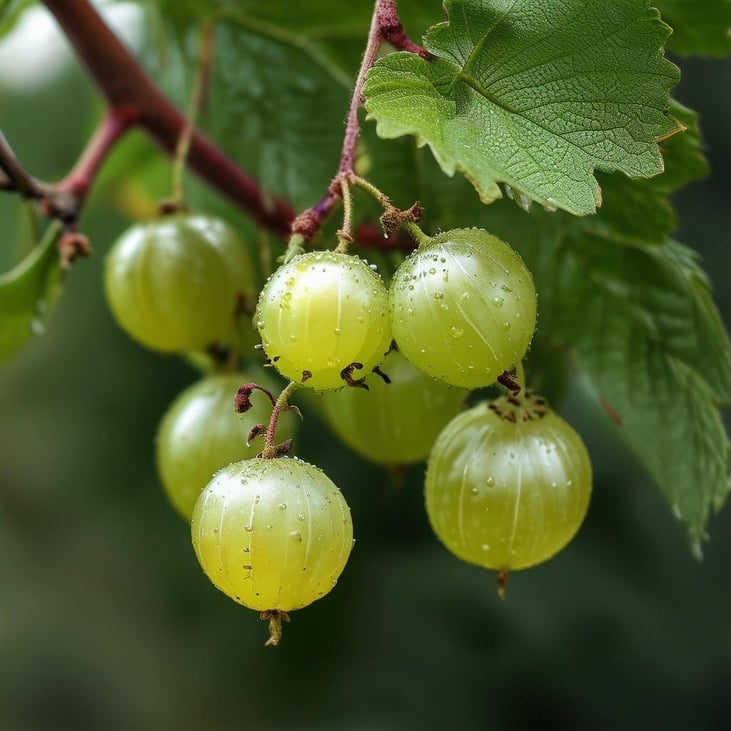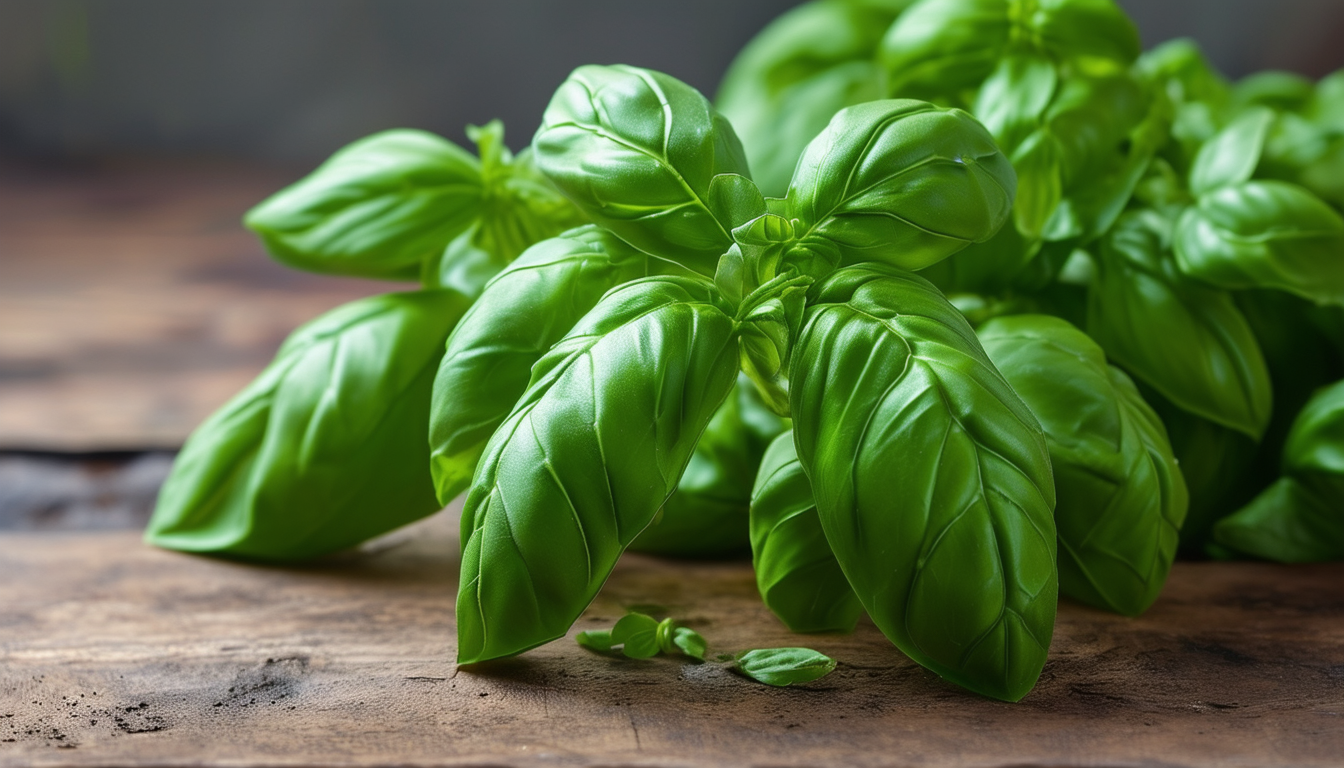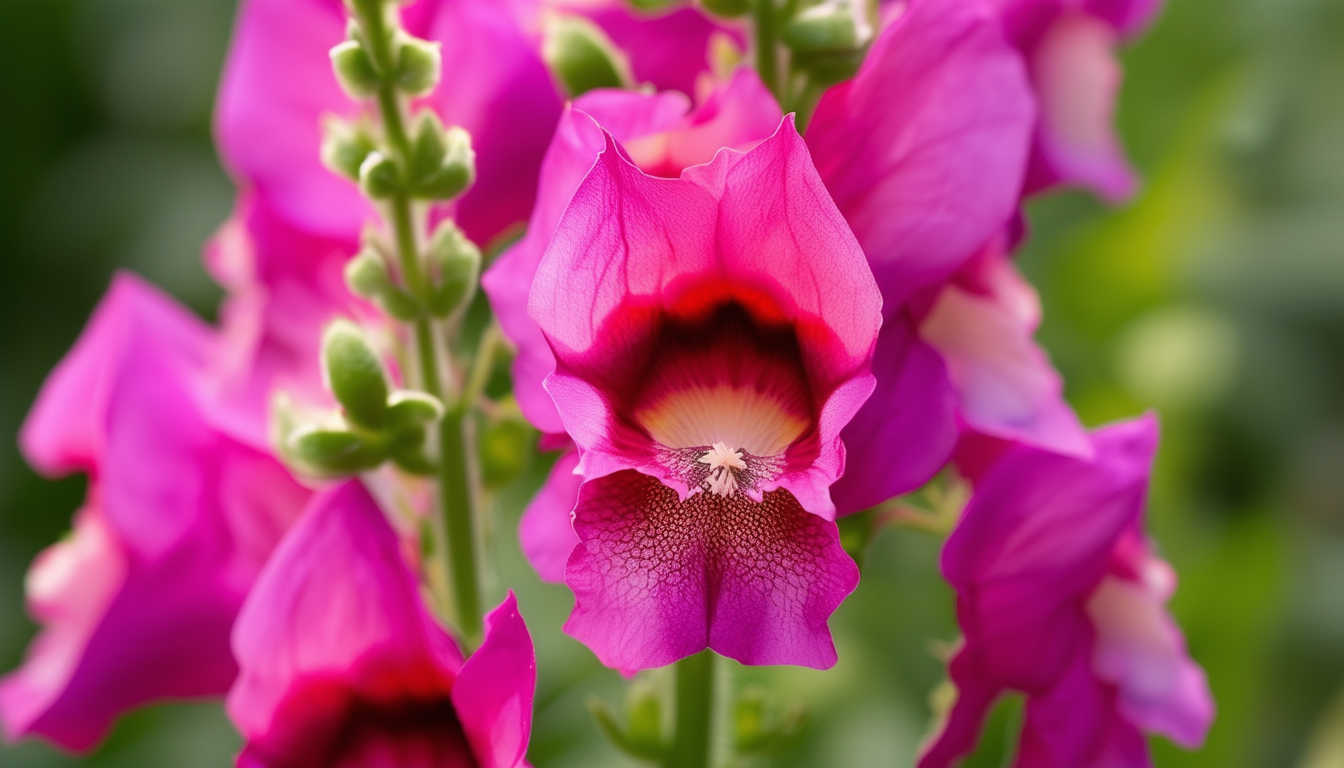
Unlock the secrets to a bountiful gooseberry harvest by starting with bare-root plants, ensuring healthier growth and tastier fruits.
Understanding Bare-Root Plants: Why Choose Gooseberries?
Bare-root plants are dormant plants that are dug up and stored without soil around their roots. This method is cost-effective and often results in healthier plants with strong root systems. Gooseberries, in particular, thrive when planted as bare-root plants because they establish more quickly in the soil and are less prone to transplant shock.
Choosing gooseberries for your garden means you're opting for a versatile fruit that can be enjoyed in numerous culinary delights. From jams and jellies to fresh fruit salads, gooseberries offer a delightful tartness that can enhance many recipes.
Selecting the Perfect Spot for Your Gooseberry Bushes
When selecting a spot for your gooseberry bushes, look for an area that receives full sun to partial shade. Gooseberries prefer well-draining soil with a pH level between 6.0 and 6.5. Ensure the site is sheltered from strong winds to protect the delicate branches and fruit.
Spacing is also crucial. Plant your gooseberry bushes about 4 to 5 feet apart to give them enough room to grow and spread. Proper spacing reduces the risk of fungal diseases by ensuring good air circulation around the plants.
5 Step Guide to Planting Bare-Root Gooseberries
1. **Preparation**: Soak the roots of your bare-root gooseberry plants in water for about an hour before planting. This helps rehydrate the roots and prepares them for planting.
2. **Digging the Hole**: Dig a hole that is wide and deep enough to accommodate the roots without bending them. A hole about 18 inches wide and 12 inches deep should suffice.
3. **Planting**: Place the plant in the hole, spreading the roots out evenly. Ensure the crown of the plant is at soil level. Backfill the hole with soil, gently firming it around the roots to eliminate air pockets.
4. **Watering**: Water the newly planted bush thoroughly to help settle the soil around the roots. Continue to water regularly, keeping the soil moist but not waterlogged.
5. **Mulching**: Apply a layer of mulch around the base of the plant to retain moisture, suppress weeds, and maintain a steady soil temperature.
Caring for Your New Gooseberry Plants: Watering, Pruning, and Fertilizing
Water your gooseberry plants regularly, especially during dry periods. Aim to keep the soil consistently moist but not waterlogged. Deep watering is preferable to frequent, shallow watering.
Pruning is essential for maintaining the shape and health of your gooseberry bush. Prune in late winter or early spring before new growth starts. Remove any dead, damaged, or diseased wood, and thin out the center to improve air circulation.
Fertilizing your gooseberries will promote healthy growth and fruit production. Apply a balanced fertilizer in early spring and again in mid-summer. Be careful not to over-fertilize, as this can lead to excessive foliage growth at the expense of fruit production.
Time of Year for Bare-Root
The best time to plant bare-root gooseberries is during their dormant season, typically from late fall to early spring. This timing allows the plants to establish their roots before the growing season begins. Depending on your growing zone, you might need to adjust the planting time slightly to avoid extreme cold or late frosts.
Harvesting and Enjoying Your Gooseberries
Gooseberries are ready to harvest when they are full-sized and have developed their characteristic color. Gently twist the berries off the stem to avoid damaging the plant.
Once harvested, gooseberries can be enjoyed fresh or used in a variety of recipes. They are perfect for making jams, jellies, pies, and even savory sauces. Try adding them to your morning oatmeal or yogurt for a delicious and nutritious treat.
Common Pests & Diseases
Gooseberries can be affected by pests such as aphids, sawfly larvae, and spider mites. Regular inspection and using organic insecticides can help manage these pests.
Common diseases include powdery mildew, anthracnose, and gooseberry mildew. To prevent these, ensure proper spacing for good air circulation, avoid overhead watering, and apply fungicides if necessary.
Height, Spread & Fruiting Times of Gooseberries
Gooseberry bushes typically grow to a height of 3 to 5 feet with a similar spread. They start bearing fruit within 1 to 2 years of planting, with full production reached by the third or fourth year.
Gooseberries usually fruit in early to mid-summer, depending on the variety and local climate conditions.
FAQ
What should you not plant next to gooseberries? Avoid planting gooseberries near blackcurrants, as they can share pests and diseases.
How long do gooseberry cuttings take to root? Gooseberry cuttings usually take about 8 to 12 weeks to root.
Do gooseberries need deep soil? Gooseberries prefer well-draining soil that is not too deep.
Can gooseberries be grown from cuttings? Yes, gooseberries can be propagated from hardwood cuttings taken in late autumn or winter.
How do you make cuttings grow roots faster? To encourage faster rooting, dip the cuttings in rooting hormone before planting.
How do you multiply gooseberries? Gooseberries can be multiplied by taking cuttings or by layering.
Do gooseberries do well in pots? Yes, gooseberries can be grown in pots, provided they have adequate space for root growth and proper drainage.
Do gooseberries like full sun or shade? Gooseberries thrive in full sun but can also tolerate partial shade.
Why are there no gooseberries on my bush? Lack of fruiting can be due to insufficient sunlight, poor pollination, or improper pruning.
Are gooseberries shallow rooted? Yes, gooseberries have relatively shallow root systems.
How long does it take for roots to grow after propagation? It takes about 8 to 12 weeks for gooseberry cuttings to develop roots.
Do gooseberry bushes need staking? Staking is not typically necessary unless the bushes are in a windy area.
Can you eat gooseberries right off the plant? Yes, gooseberries can be eaten fresh off the plant.
Where is the best place to plant a gooseberry bush? Plant gooseberry bushes in a sunny spot with well-draining soil and good air circulation.
Do gooseberries need two plants? Gooseberries are self-fertile, so a single plant can produce fruit, but having more can improve yields.
What to plant next to gooseberry? Planting herbs like mint or thyme nearby can help deter pests.
Can you eat gooseberries raw? Yes, gooseberries can be eaten raw, though they are quite tart.
What is the best fertilizer for gooseberries? A balanced fertilizer with equal parts nitrogen, phosphorus, and potassium is ideal.
How to rejuvenate old gooseberry bushes? Prune old wood and thin out the center to encourage new growth.
Do gooseberries need male and female? No, gooseberries have self-fertile flowers.
Can you freeze gooseberries? Yes, gooseberries freeze well and can be stored for later use.



